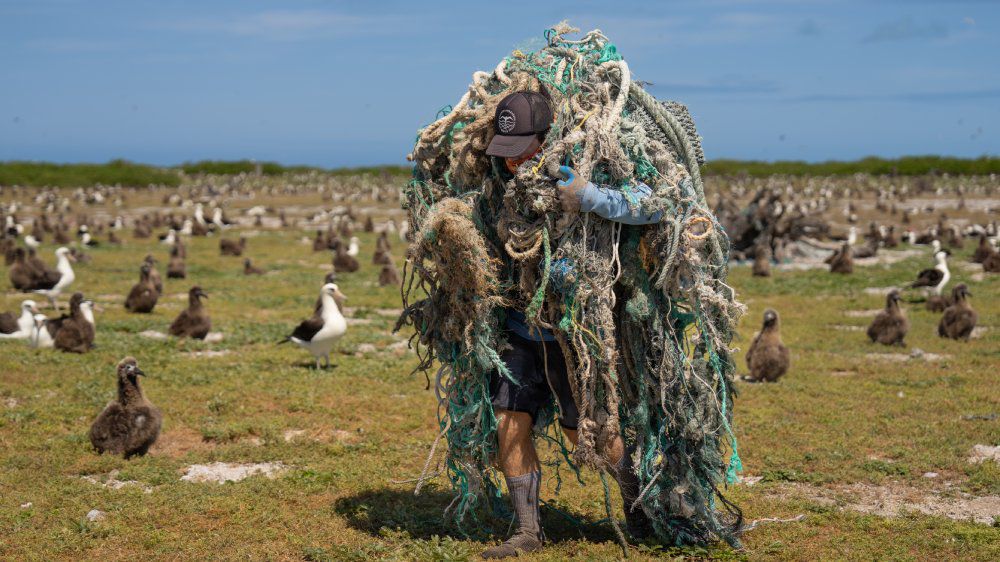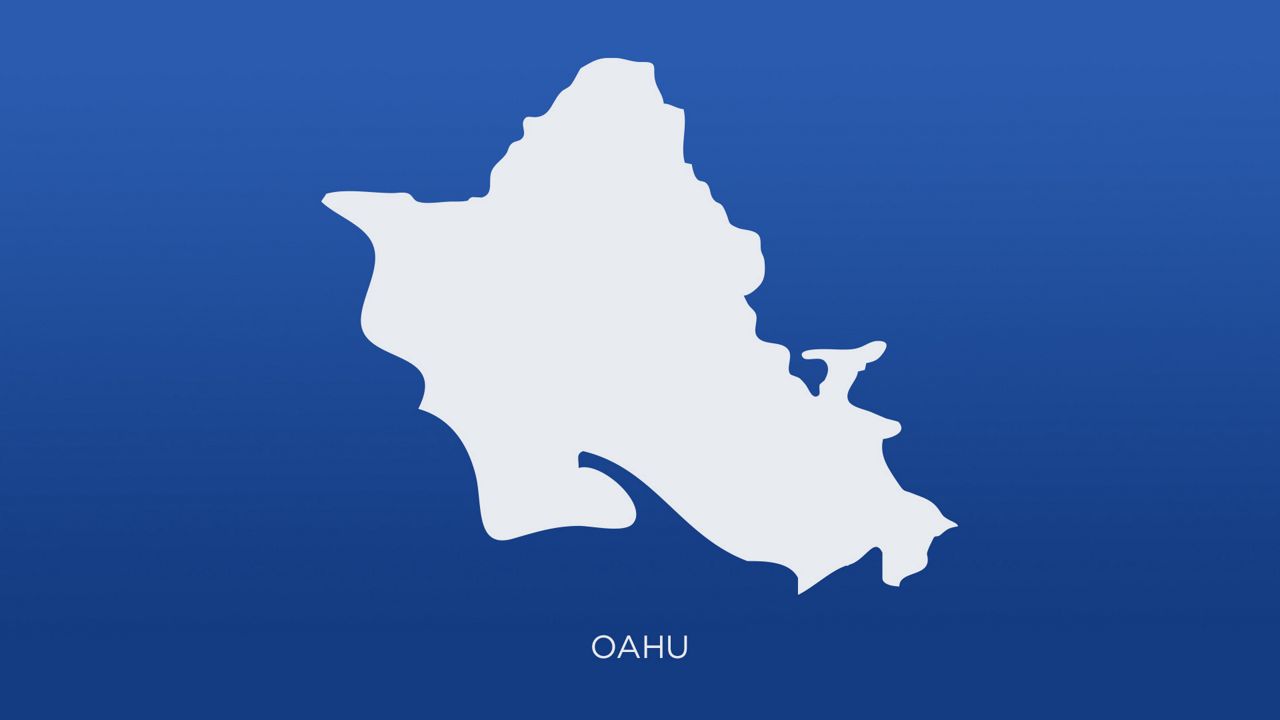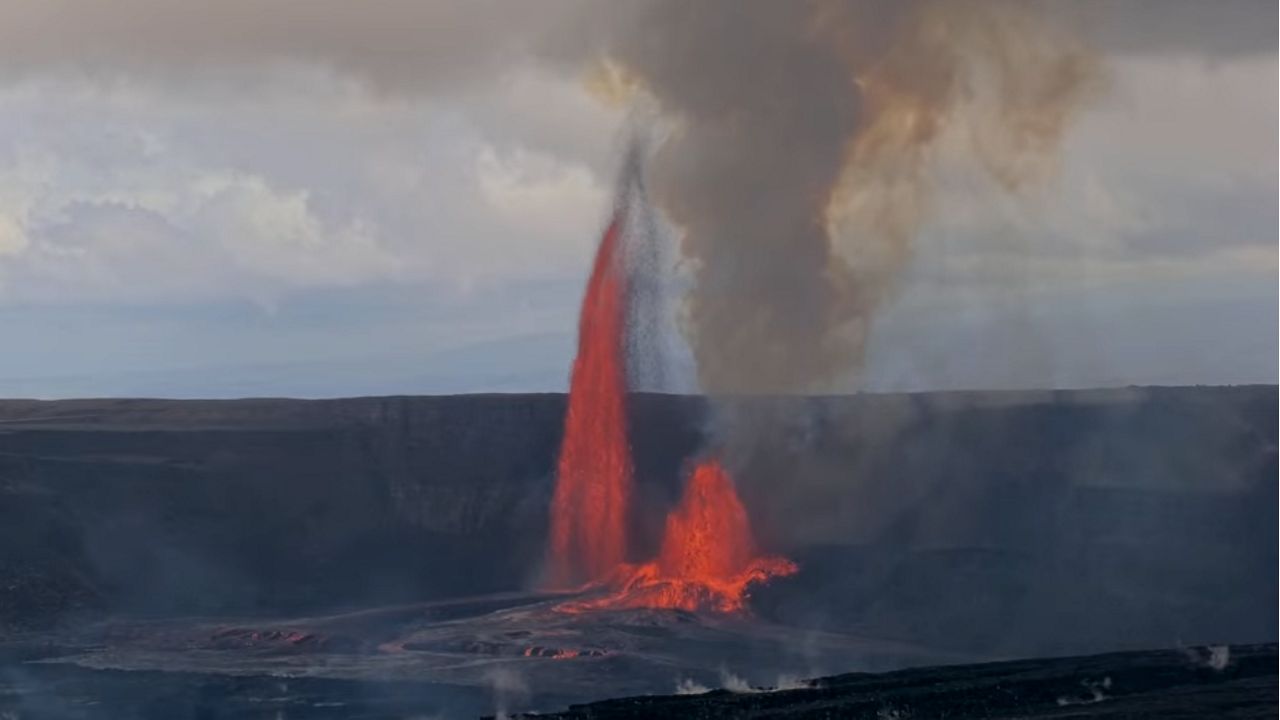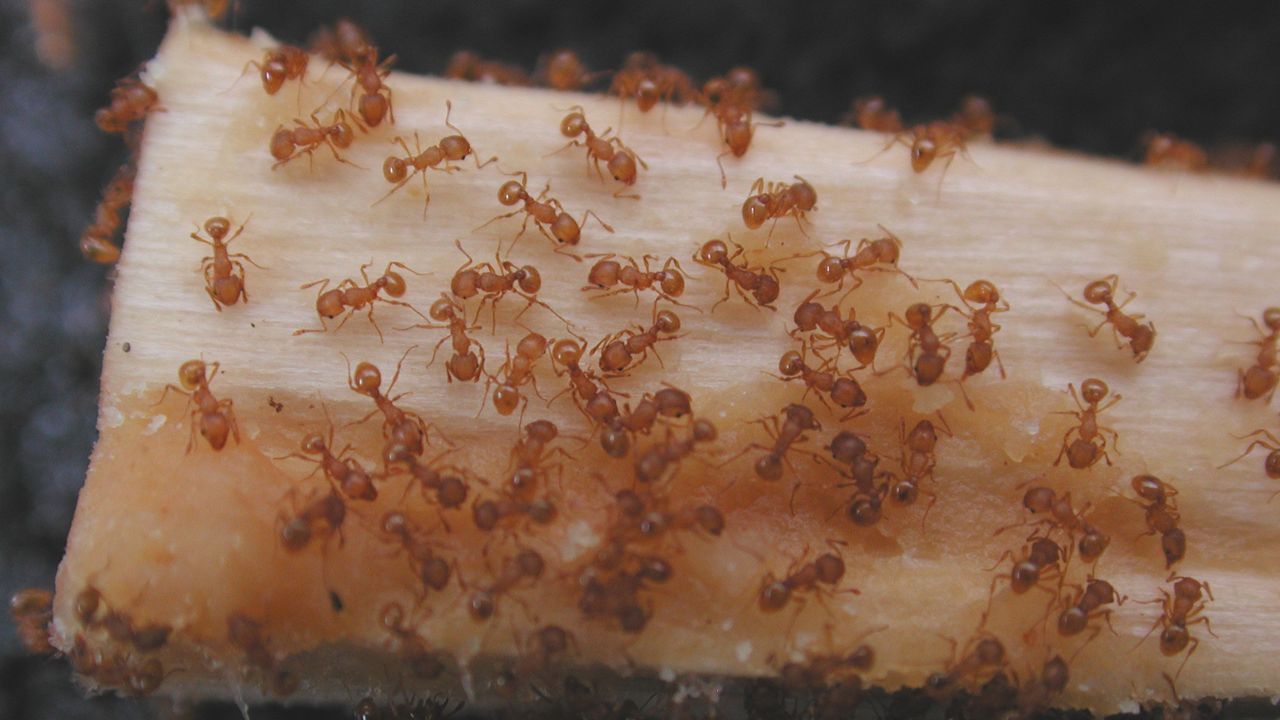HONOLULU — A team of 12 individuals from the Hawaii-based nonprofit Papahānaumokuākea Marine Debris Project returned to Honolulu after a 19-day mission at Kuaihelani, also known as Midway Atoll, in the Northwestern Hawaiian Islands in Papahānaumokuākea Marine National Monument.
What they brought back with them — 70,080 pounds of marine debris collected from April 15 through May 3 along 10.7 miles of shoreline (130 acres) along Kuaihelani. It’s the first of three marine debris cleanups planned for this year, according to a news release.
Home to over 70 endangered Hawaiian monk seals, the atoll is also the nesting grounds for the world’s largest colony of mōlī (Laysan albatross) and nearly two million birds of 19 different species, including the world’s most endangered duck, the Laysan duck.
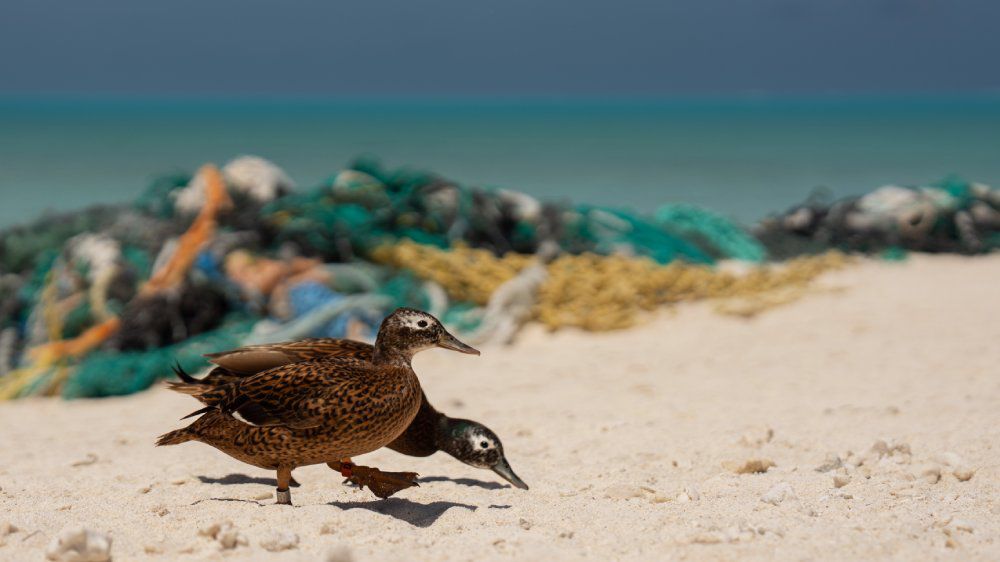
The cleanup targeted the removal of hazards that could harm wildlife through entanglement or ingestion from the shorelines of Eastern, Spit and Sand Islands within Kuaihelani.
“PMDP came to Kuaihelani with the goal of removing 35,000 pounds of marine debris to preemptively protect the wildlife, and I’m proud to say we more than doubled our goal,” said Sydney Luitgaarden of PMDP in a news release.
U.S. Senator Brian Schatz stated in the release, “Thanks to the great work of PMDP, more than 70,000 pounds of debris has been removed from Papahānaumokuākea, allowing us to protect endangered wildlife, sustain coral reefs, and explore new ways to conserve the marine monument going forward.”
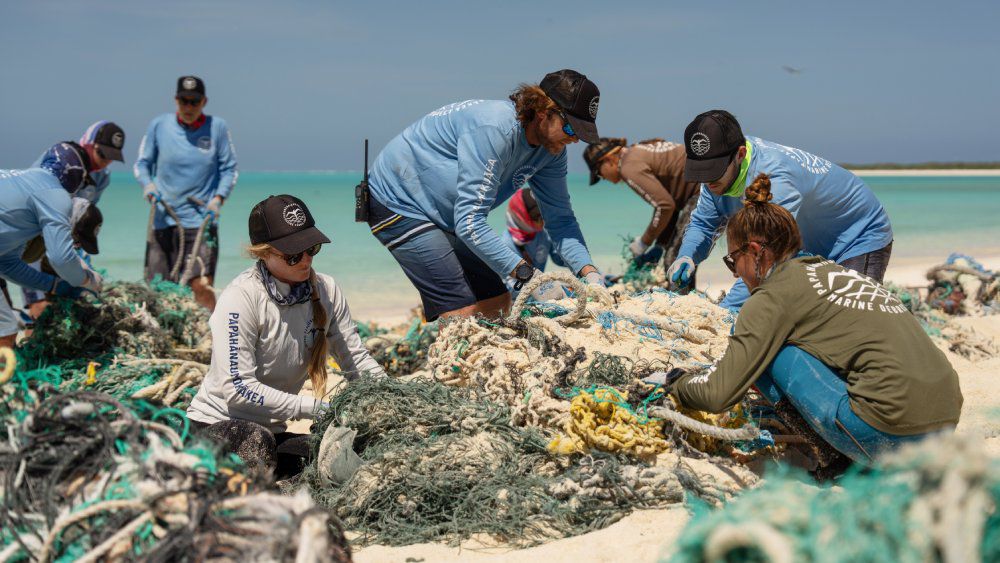
Breakdown of the 70,080 pounds of marine debris:
- Derelict fishing nets (ghost nets) - 35,100 pounds
- Other plastic marine debris, including derelict fishing gear such as buoys and floats - 32,930 pounds
- Abandoned derelict vessels - 2,050 pounds
“We are so grateful to PMDP and their partners for this latest success in removing plastic pollution and other marine debris that threaten our ecosystems and ocean health, and for all they do to protect this place that is sacred to Hawaii,” said Marc and Lynne Benioff, private matching donors of the project.
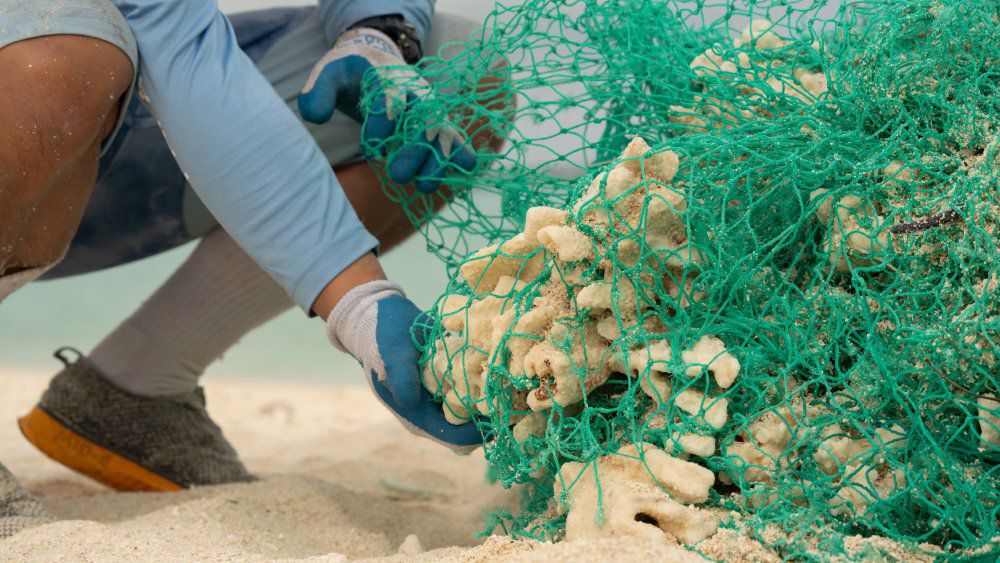
The U.S. Fish and Wildlife Service also supported the cleanup mission. “The blitz-style work achieved by PMDP was amazing to behold,” said USFWS Midway Atoll National Wildlife Refuge Manager Elaine Johnson. “The Fish and Wildlife Service is proud to partner with PMDP once again to keep Kuaihelani safe for the wildlife that depend on this atoll year-round.”
The National Oceanic and Atmospheric Administration Marine Debris Program has supported removal efforts since 2006. “We are pleased to continue to NOAA’s legacy in this culturally and ecologically significant place and support the efforts of the Papahānaumokuākea Marine Debris Project,” said Director Nancy Wallace.
“Climate change is upon us and the hard work being done by the NOAA Marine Debris Program has been necessitated by human impacts on our oceans,” said Gov. Josh Green. “I was a young lawmaker in 2007 when then first lady Laura Bush dedicated the Papahānaumokuākea Marine National Monument, and it filled me with hope for the preservation of the 7,000 marine species there, 25% of them, endemic to the Hawaiian Islands.”
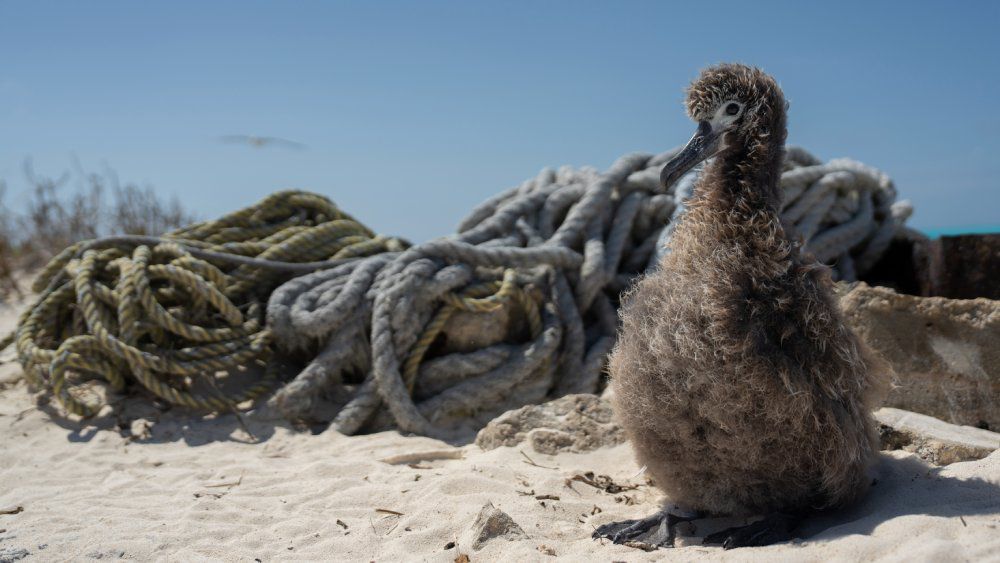
Green added that the state co-manages the monument that includes the Kure Atoll State Wildlife Sanctuary on Kure, the northernmost island in Papahānaumokuākea. He also thanked benefactors Marc and Lynne Benioff.
More than 785,000 pounds of marine debris has been removed from the remote islands and atolls within PMNM over the last four years. PMDP aims to remove an additional 215,000 pounds later in 2024 during two 30-day, ship-based cleanup missions scheduled for August through October.
Major funding from partners made this cleanup mission and the two future missions possible, according to the release. The NOAA Marine Debris Program supports the work through a five-year grant to the National Fish and Wildlife Foundation using $5.8 million in funding provided by the Bipartisan Infrastructure Law, which is matched by Marc and Lynne Benioff. Funding is also provided by the NOAA Damage Assessment, Remediation and Restoration Program and the M/V Casitas Trustee Council, as well as from the Pahlmeyer ʻOhana, McPike-Zima Foundation, the JEM Project, Bruce G. Geary Foundation, The Hawaiian Islands Trading Company, many community donors and in-kind support from USFWS.
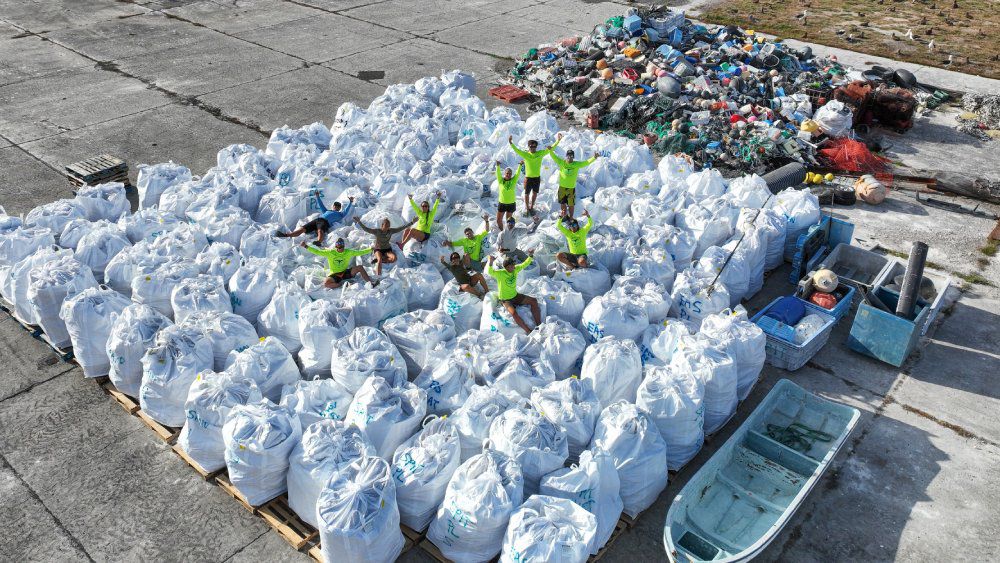
Sarah Yamanaka covers events, environmental and community news for Spectrum News Hawaii. She can be reached at sarah.yamanaka@charter.com.





